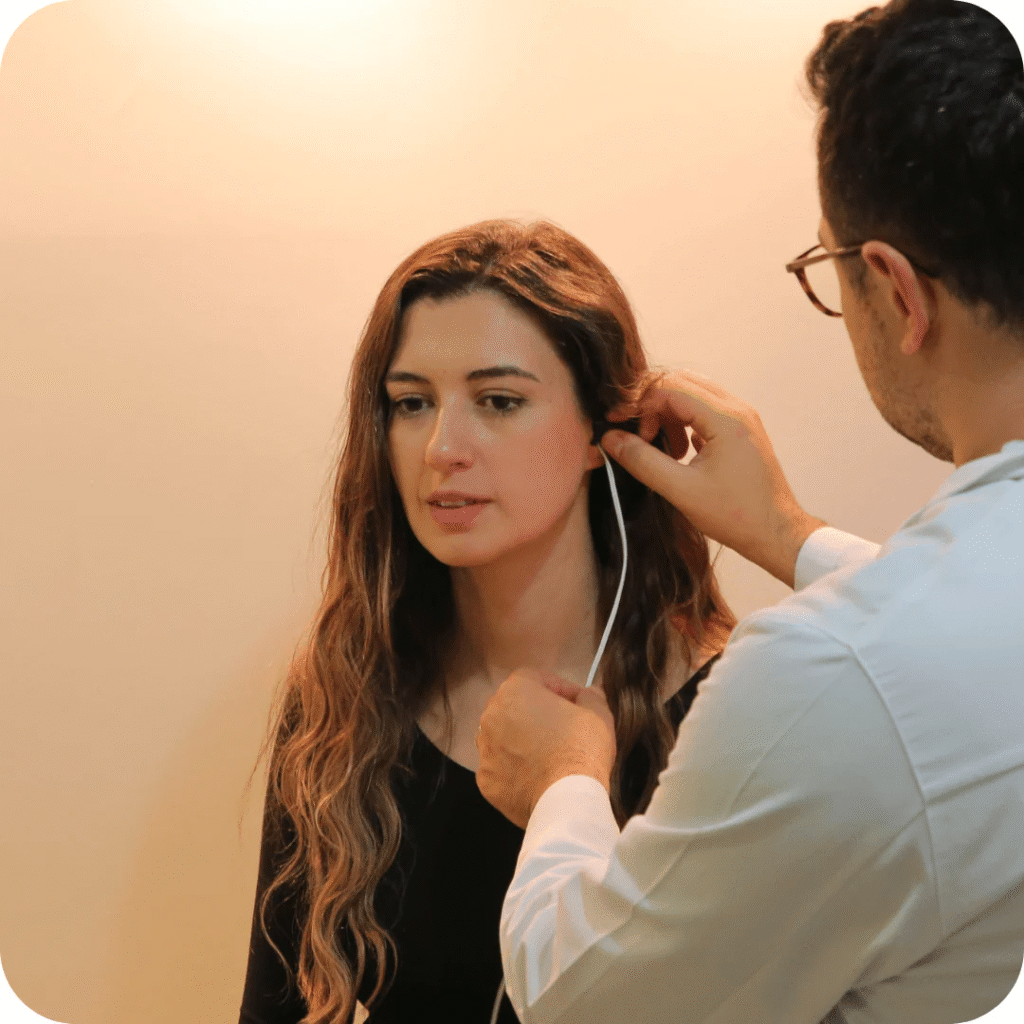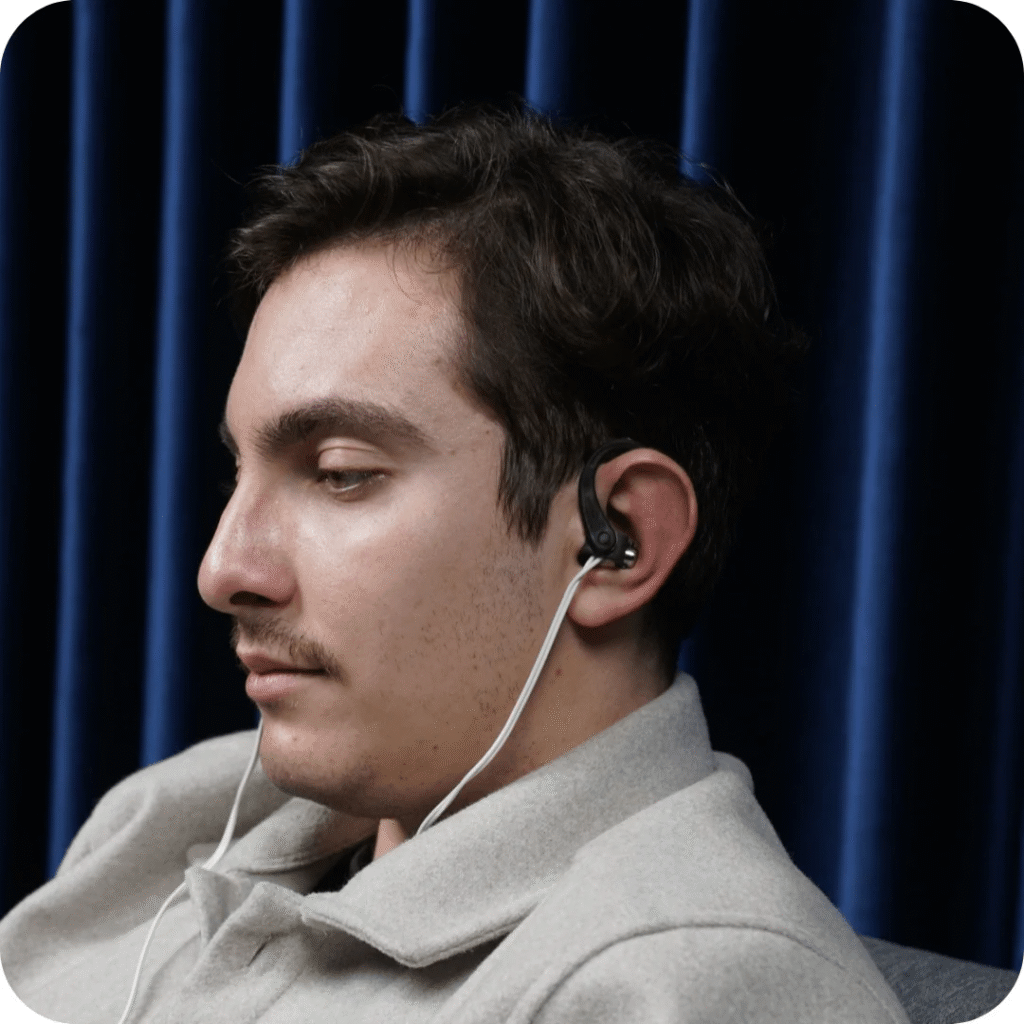Let’s start with a confession: life has a way of pulling us in a million directions, like a circus juggler who just added chainsaws to the routine. Some days, you wake up with energy, determination, and an inbox that only slightly scares you. Other days, your nervous system feels like it’s running Windows 95 after a power outage. Slow. Cranky. Glitchy.
But here’s the thing, your body actually comes with a built-in “reset button.” It’s not on your phone, it’s not in your pantry, and it’s definitely not in the third cup of coffee you just chugged. It’s called the vagus nerve.
Now, before you picture something out of a medical textbook with diagrams and long Latin words, let me break it down: the vagus nerve is like your body’s best behind-the-scenes manager. It calms things down when life gets overwhelming, helps you recover when you’ve pushed too hard, keeps digestion humming, and basically whispers, “Hey, you’ve got this” to your whole system.
The problem? For years, tapping into this nerve’s magic was something reserved for researchers, expensive machines in labs, or invasive procedures that sound scarier than a tax audit. Regular people like you and me? We were left out.
Until Vagustim showed up.

From Lab Notes to Daily Life: The Story That Sparked It All
Back in 2015, Dr. Ali Veysel Özden was knee-deep in doctoral research. Instead of Netflix marathons or obsessing over fantasy football stats, he was studying the autonomic nervous system and this mysterious nerve that seemed to be the master key to human balance. He knew the potential. He knew what was possible. But he also knew one glaring problem: there was no easy, safe, practical way for everyday people to use this knowledge.
So, in 2017, he teamed up with engineer Ali Can Erk. The two of them did what all great duos do: they built something from scratch. Out of prototypes, experiments, and a lot of late nights, Vagustim was born.
And here’s where the story gets really fun. By 2018, they were already finalists in the Big Bang Startup Contest. In 2019, investors noticed. In 2020, Vagustim was officially recognized as one of the Top 5 Emerging Neurotechnology Startups worldwide.
Not bad for an idea that started in a pile of research notes.
So, What Exactly Is Vagustim?
At its core, Vagustim is a family of devices designed to make vagus nerve activation simple, safe, and doable at home. Think of it as giving your nervous system a gentle tune-up, the way you’d maintain your car or charge your phone.
Let’s talk about the stars of the show:
1. Vagustim V1 Plus
This isn’t just a gadget—it’s basically your nervous system’s personal trainer. It lets you control your own sessions with adjustable settings like frequency, pulse width, intensity, duty cycles, and session duration. Translation? You can tailor it to your comfort level and needs, while staying within the safety limits backed by scientific research.
It’s sleek, professional, and designed with both experts and everyday wellness seekers in mind.

2. Vagustim V1 Earsets
These are the cozy sidekick to the main device. They’re designed to fit comfortably and deliver the stimulation right where it needs to go, without messy gels or clunky setups. Just add water, clip them on, and you’re good to roll.
Together, the V1 Plus and Earsets are like peanut butter and jelly: better as a pair, but perfectly effective on their own.

Why Should You Care About Activating Your Vagus Nerve?
Here’s the million-dollar question. Why go through the effort of adding yet another device to your already tech-cluttered life? Because this isn’t just a gadget—it’s a wellness shift.
Regular use of vagus nerve stimulation has been shown to:
- Improve sleep quality – Goodbye 3 a.m. ceiling-staring sessions.
- Reduce stress – That tight chest, racing thoughts, clenched jaw? Calmed.
- Support relaxation – Think “exhale” but for your entire system.
- Enhance digestion and gut health – Because gut and brain health are BFFs.
- Boost resilience under pressure – From work deadlines to tough workouts, you bend instead of breaking.
- Sharpen cognitive performance – Clearer thinking, better focus, less brain fog.
- Promote overall well-being – More balance, less chaos.
In short: this isn’t about being “wellness trendy.” It’s about working with your body instead of against it.
The Magic Is in the App
One of the things I love most about Vagustim is that it doesn’t just hand you a device and say, “Good luck.” Nope. It comes with companion apps, Vagustim and Vagustim Plus, that make the whole process foolproof.
If you’re the kind of person who doesn’t want to fiddle with settings, the app has presets ready to go. If you’re a nerd who does want to tinker, you get full control. It even tracks stress levels through heart rate variability on iOS. That’s not just smart, it’s empowering.
And if you’re using the Plus app, you also get professional-grade features that help with the logistics of using these devices in a more structured or business context.
The Leap to V2: Even Smarter, Even Easier
Now, just when you think V1 is impressive, Vagustim went ahead and designed Vagustim V2.
Here’s what’s new:
- Rechargeable batteries (because who needs the constant battery hunt?).
- Redesigned earsets that work with just water.
- Better comfort, sleeker design.
- Upgraded connectivity modules.
- Full compatibility with earlier accessories.
And here’s the kicker: it’s paving the way for AI-driven personalization.
AI That Actually Helps You
We’ve all rolled our eyes at “AI-powered” toasters and toothbrushes. But this? This is different.
Vagustim built its machine learning system on over 600 scientific papers. It learns from anonymized user sessions and adapts. Which means one day soon, your device will automatically recommend the settings best suited for your nervous system.
Instead of guessing what works, or endlessly googling “best vagus nerve settings for stress,” you’ll just press start and let the app optimize for you.
It’s like having a neuroscientist in your pocket, minus the awkward lab coat.
What It Feels Like in Real Life
Picture this: you’ve had one of those days. The kind where you spilled coffee on your shirt, your inbox sprouted 47 new messages in 12 minutes, and your brain feels like it’s buffering. You sit down, clip on the earsets, open the app, and start a session.
The sensation is subtle, like a gentle hum reminding your nervous system that it can calm down now. Within minutes, your shoulders soften, your breath deepens, and that hamster wheel in your head slows down.
This isn’t magic. It’s science, made accessible.
Why I Think Vagustim Matters
Here’s the part where I get personal. We live in a world that glorifies constant hustle. We wear stress like a badge of honor. We pretend we don’t need recovery until our bodies force us to.
What Vagustim offers is a quiet revolution. A reminder that taking care of your nervous system isn’t a luxury, it’s foundational.
And the best part? You don’t need a PhD, a clinic appointment, or a trust fund to access it. You just need the willingness to say, “I’m ready to give my body the support it deserves.”
Looking Ahead
Vagustim’s mission isn’t just about devices, it’s about reshaping wellness. The team’s vision is bold: vagus nerve activation should be as natural as brushing your teeth, meditating, or going for a jog.
With V2 and AI-driven personalization on the horizon, they’re not just keeping up with wellness trends, they’re setting the pace.
So, whether you’re curious about the science, searching for new ways to manage stress, or simply tired of feeling like your body’s operating system is glitching, Vagustim is worth your attention.
Because at the end of the day, we don’t just want to survive, we want to feel balanced, resilient, and alive. And that starts with listening to the nerve that’s been quietly running the show all along.
Final Thought
Sometimes, the most powerful changes don’t come from massive life overhauls. They come from small, consistent acts of care. Vagustim is one of those tools that makes this possible—bridging the gap between cutting-edge science and daily life.
Maybe the question isn’t, “Should I try this?” The real question is, “Why wouldn’t I?”




